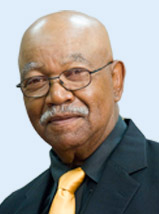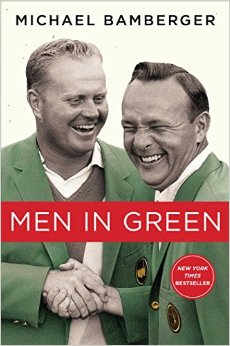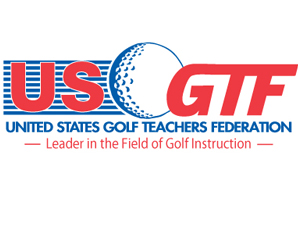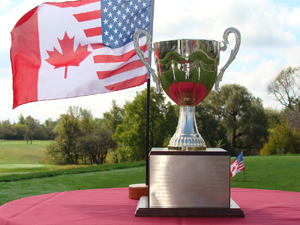Blog
POSTURE
RECAP OF INDUSTRY PARTNER RUDY PROJECT
MEMBER PROFILE – CHARLES LARRY HUNTER
RECOMMENDED BOOK: MEN IN GREEN IS ENTERTAINING READ
“PRO” FILE – TOURING PROFESSIONAL JORDAN SPIETH
NATIONAL AND WORLD GOLF TEACHERS APPRECIATION DAYS
USGTF REGIONAL ACTION UPDATE
Northeast – Region director John Savage has announced the annual USGTF Northeast Region Championship will be held Friday, July 31, at Readmore
HARVEY PENICK TROPHY NOMINATIONS NOW ACCEPTED
Nominations for the third annual Harvey Penick Trophy For Excellence In Golf Teaching are now being accepted by the Readmore









